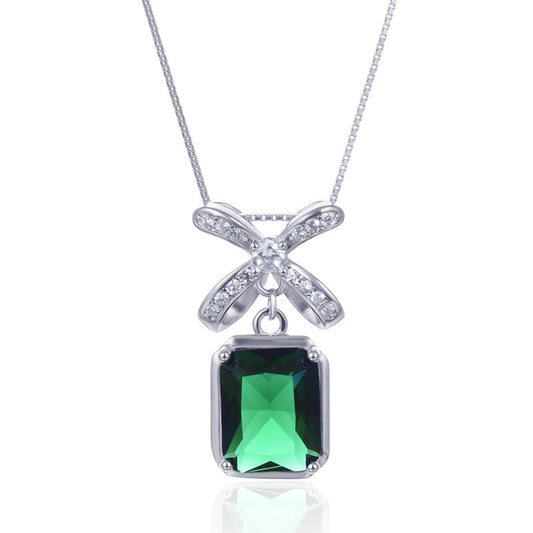Why Was International Women's Day Created?
International Women's Day, marked annually on March 8th, is a global celebration that highlights the social, economic, cultural, and political achievements of women. Its creation was not just a random decision but rather a response to the historical injustices and struggles faced by women worldwide. This day serves as a powerful reminder of the progress made towards gender equality and the challenges that still remain.
To fully grasp why International Women's Day was created, we must rewind to the early 20th century, a time when women's rights and suffrage movements were gaining momentum across the globe. These movements advocated for equal rights, including the right to vote, education, and equal pay, among other things. Women were demanding recognition of their contributions to society and a voice in decision-making processes.
In the United States, the early suffragette movement played a crucial role in drawing attention to women's issues. Women like Susan B. Anthony, Elizabeth Cady Stanton, and Lucretia Mott campaigned tirelessly for women's suffrage, facing arrest and harassment in their pursuit of equality. Their efforts culminated in the famous Seneca Falls Convention of 1848, which marked the beginning of the organized women's rights movement in the U.S.
Internationally, however, the struggle for women's rights was even more profound. In Europe, the Industrial Revolution had led to an influx of women into the workforce, yet they remained largely unprotected and undervalued. Conditions were particularly grim in factories and mines, where women often worked long hours in hazardous conditions for low wages. In addition, they faced societal prejudices and discrimination based on gender.
Amidst this backdrop, International Women's Day emerged as a call to action. It was first observed in the United States on February 28, 1909, as a commemoration of the 1908 garment workers' strike in New York, where women protested against poor working conditions and unequal pay. The idea of an international day to celebrate women's achievements and demand equal rights gained momentum over the years, thanks to the efforts of prominent women's rights activists and organizations.
One such organization was the Women's Peace and Freedom League, founded by socialist feminist Clara Zetkin in Germany. In 1910, at the Second International Conference of Socialist Women in Copenhagen, Denmark, Zetkin proposed the idea of an annual "International Woman's Day" to celebrate women's achievements and push for their political and social equality. This proposal was enthusiastically received, and International Women's Day was formally recognized by the international labor movement and socialist movements around the world.
Initially, International Women's Day was celebrated on different dates in various countries, but in 1913, it was agreed to be observed annually on March 8th. This date held significance in the women's suffrage movement in Russia, where women had gone on strike for "bread and peace" in 1917, demanding an end to World War I and improvements in their working conditions.
Over the decades, International Women's Day has grown to become a global celebration, recognized by the United Nations and countless countries around the world. It serves as a platform to raise awareness about women's rights issues, celebrate their achievements, and mobilize for change. From advocating for equal pay and ending gender-based violence to promoting women's participation in politics and decision-making, the day is marked by marches, rallies, cultural events, and educational activities aimed at empowering women and girls.
The creation of International Women's Day was not just about acknowledging women's contributions but also about demanding equal rights and opportunities. It marked a turning point in the global fight for gender equality, galvanizing millions of women and men worldwide to work towards a more inclusive and equitable society. Today, as we celebrate International Women's Day, it serves as a reminder of the progress we have made and the challenges that still lie ahead in the journey towards gender equality.
In conclusion, the establishment of International Women's Day was a pivotal moment in recognizing the rights and achievements of women. Its creation stemmed from the historical injustices and struggles faced by women worldwide and the need for a unified voice to advocate for equality. As we mark this day each year, we celebrate the progress that has been made, but also acknowledge that the fight for gender equality is far from over. International Women's Day remains a powerful rallying cry for continued efforts towards a fairer and more equitable world for all.








